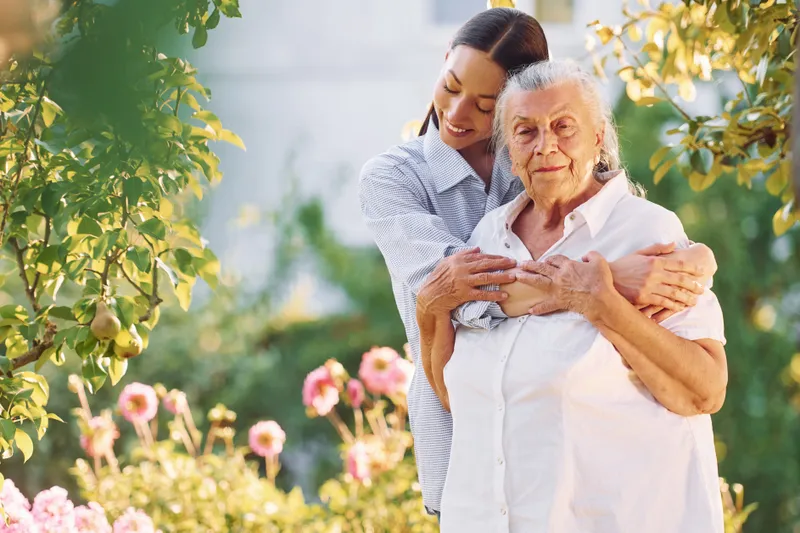The Generational Shift in Caregiving for Seniors
Caregiving for seniors has always been an essential part of family life, but who provides that care—and how—has been undergoing a dramatic transformation. For decades, the responsibility of caring for aging parents and grandparents fell largely on the shoulders of Baby Boomers. Today, however, Generation X and Millennials are stepping into the role in greater numbers, reshaping the caregiving landscape with new perspectives, pressures, and resources.
From Boomers to Gen X and Millennials
Baby Boomers, many of whom are now seniors themselves, were the first generation to experience caregiving at scale in a modern healthcare system. They often cared for their parents in traditional ways—either at home or by coordinating with nursing facilities. With longer life expectancies, rising healthcare costs, and smaller family sizes, caregiving has become more complex and demanding.
Now, Gen X (born between 1965 and 1980) and Millennials (born between 1981 and 1996) are increasingly responsible for caring for their aging parents. This generational handoff is significant: these groups are juggling caregiving alongside careers, raising children, and managing financial pressures such as housing and education costs.
The Sandwich Generation Pressure
Gen X in particular has earned the label “the sandwich generation.” Many are simultaneously caring for their children—some still young, others in college—and their aging parents. The emotional and financial stress of being pulled in two directions is immense, often forcing difficult decisions about work-life balance, living arrangements, and long-term care planning.
Millennials, though younger, are also feeling the shift earlier than expected. Rising costs of professional senior care, combined with cultural values around family support, mean that many Millennials are stepping up to provide hands-on help for grandparents or parents well before midlife.
Technology and Caregiving
One major difference in this generational transition is the role of technology. Gen X and Millennials are far more likely than previous generations to turn to digital tools—such as caregiving apps, online support groups, telehealth, and data-driven senior care platforms—to coordinate care. This digital-first mindset helps streamline communication, track medical records, and connect with professional caregivers.
Digital Tools Transforming Care
- Caregiving apps for medication reminders and care coordination
- Online support groups connecting caregivers across distances
- Telehealth platforms enabling remote medical consultations
- Comparison websites for assisted living and home health services
- Medical record platforms for centralized health information
Additionally, resources like comparison websites for assisted living, home health care, and rehabilitation centers give these generations more control and confidence in decision-making. Unlike Boomers, who often relied on word-of-mouth or local referrals, younger caregivers expect transparency, ratings, and digital accessibility when choosing providers.
Financial Strain and Policy Implications
The financial reality of caregiving is also shifting. Gen X and Millennials carry higher levels of debt (mortgages, student loans, childcare costs) compared to prior generations, making the expense of elder care even more burdensome. This raises broader policy concerns:
- Will workplace benefits evolve to support caregivers?
- Will healthcare systems adapt to meet rising demand?
- Will Medicare and Medicaid provide adequate coverage for long-term care?
As the U.S. population ages, these questions are becoming urgent. The generational shift is not only about who provides care—it’s about how society values and supports those caregivers.
Redefining Caregiving Culture
Another key change lies in attitudes toward caregiving. Younger generations often approach caregiving with an emphasis on balance and shared responsibility. Unlike prior generations where one family member (often a daughter or daughter-in-law) carried most of the weight, today’s caregivers are more likely to seek shared duties among siblings, extended family, and professional providers.
Modern Caregiving Approaches
- Shared responsibility among family members
- Professional support integration with family care
- Mental health awareness and burnout prevention
- Open communication about caregiving challenges
- Respite care utilization for caregiver relief
There is also a growing awareness of caregiver mental health. Gen X and Millennials are more vocal about burnout, more open to therapy, and more willing to use respite services compared to their parents’ generation, which often suffered in silence.
Conclusion
The shift in caregiving from Baby Boomers to Gen X and Millennials marks a profound cultural, economic, and technological transition. These younger generations are redefining what it means to care for aging loved ones, balancing tradition with innovation.
As caregiving becomes a multi-generational, tech-enabled, and more openly discussed responsibility, society has an opportunity to better support caregivers—through policy, workplace benefits, and community resources. The question is not whether this generational shift will continue—it’s how well we adapt to ensure dignity for seniors and sustainability for the families who care for them.
For resources and support navigating the challenges of modern caregiving, explore our comprehensive guides and connect with services designed to support both seniors and their caregivers.






